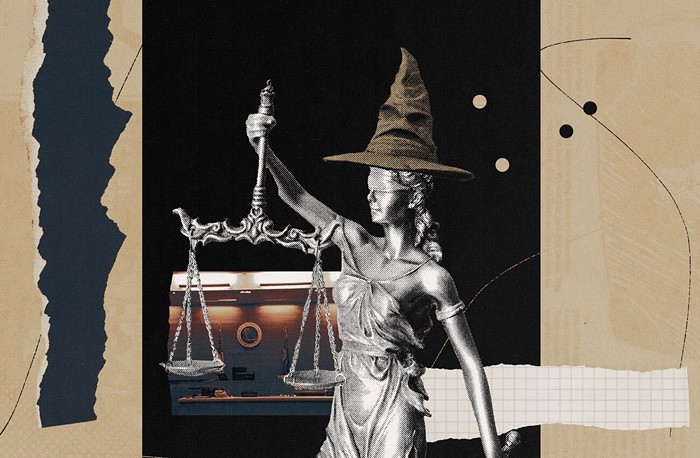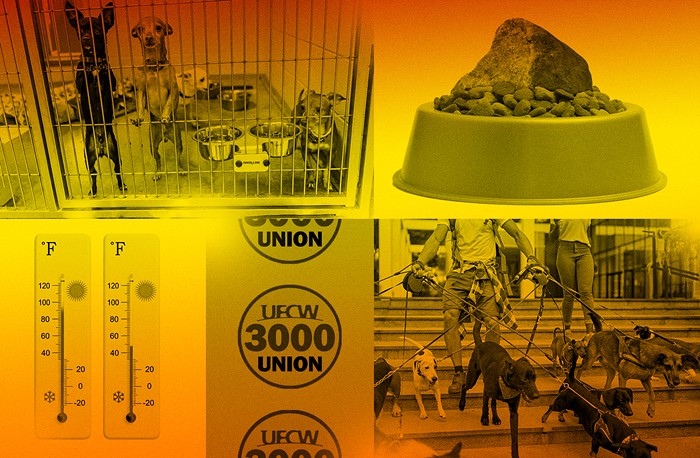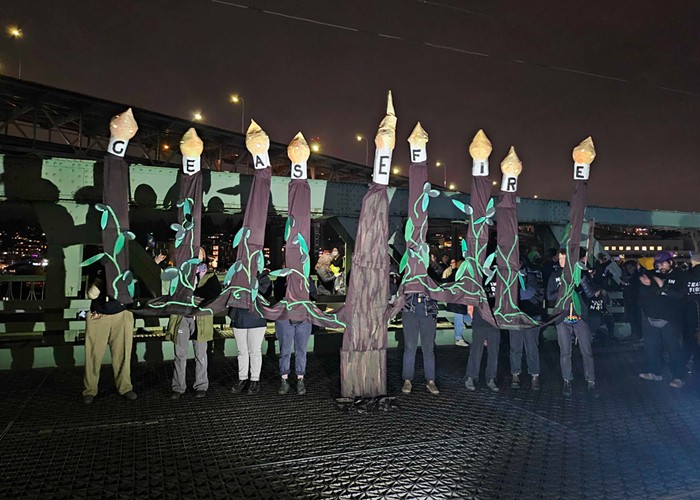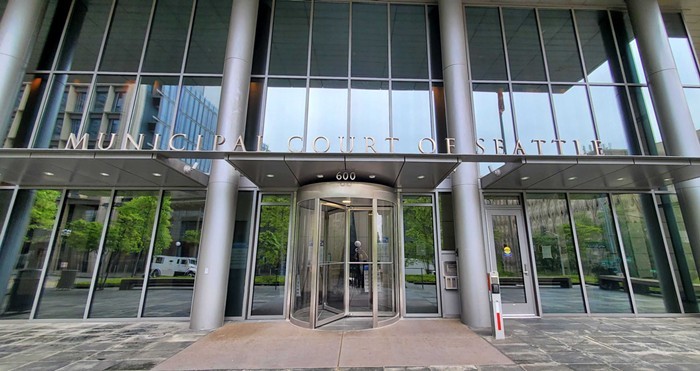
Seattle isn't a place one typically associates with drought. When I first moved here I was told that the most important thing to remember about city orienteering is that Seattle is defined by bodies of water. A few months later, former Star Trek star William Shatner argued that because Seattle is so water-rich someone ought to build a pipeline between Puget Sound and California.
But now that Washington State is being challenged by the worst drought in its recorded history, even a city famous for its rain isn't insulated from the drought's impacts. With another grim outlook for a warm winter with lower-than-normal levels of snowpack, Seattle's electric utility is learning how to deal with new and continuing shocks to the system.
Nearly 90 percent of Seattle's electricity relies on water. More than a third of that power comes from a dam and turbines one mile south of the Canadian border on the Pend Oreille River. About a fifth of that power comes from the Skagit River, part of which is fed by snowmelt.
During a typical July, runoff melting from the winter snowpack generates so much power that Seattle City Light is able to sell a surplus. This year, City Light budgeted $65 million in revenue from surplus energy sales, but the utility ended up buying electricity from other sources in July. A warmer winter also meant that fewer City Light customers spent money on heat. This past winter, City Light estimates it lost $30 million in revenue.
Currently, the utility's net revenue stands at $38.6 million, less than two-thirds of what City Light budgeted for the year. And once again, the utility's staring down another warm winter.
That's not to say that City Light hadn't planned ahead, and it did have a rate stabilization account—a protective measure approved by the city council in 2010—to balance some of the revenue loss. In advance of the summer season, City Light produced and sold record amounts of power in the beginning of the year and stored a higher water level in Ross Lake than it ever had before. "That allowed us to fill the lake to its recreational level in time for summer and we are now drawing on that supply," Scott Thomsen, spokesperson for City Light, said in an e-mail.
Projections for another year of drought also resemble the climate projections for Seattle post-2050, which is why City Light has partnered with the University of Washington's department of civil and environmental engineering to work on Skagit River streamflow modeling. Much of what the utility learns from the drought can be applied to future conditions. "What we see in these projections is really what we see this year—the snow melting quicker and then a decrease in our runoff," Crystal Raymond, City Light's climate adaptation advisor, said.
This year's drought also contributed to Washington's worst wildfire season in state history, and City Light wasn't spared the impact. Wildfire damaged six of City Light's transmission towers, and the utility shut down three dams because of wildfire smoke thick enough to conduct electricity.
Wildfires are on Raymond's future climate radar, too. "The other thing that we recognize through our climate adaptation and vulnerability assessment process is wildfire risk is expected to increase, so we're looking at things we could do to get more prepared," Raymond said.
But Raymond sees an even larger issue for City Light's traditional power sources that will emerge later in the century. A third of the country's glaciers exist in the North Cascades, and the Skagit River Valley is the most "heavily glaciated" (scientist-speak for "most impacted by local glaciers") in the lower 48 states. Depending on how much we reduce our greenhouse gas emissions, as much as 99 percent of those glaciers could be gone by the end of the century. The 99 percent figure is an upper bound derived from 10 climate models under a "business as usual" (keep doing what we're doing right now) emissions scenario. Under a moderate emissions scenario—with global emissions peaking in 2040 and decreasing after that because of an international climate change commitment—the median percentage of glacier loss is 67 percent by 2099.
More emissions mean significantly more stress—for people, farming, and fish—on Seattle's current electricity sources. "With a higher emissions scenario we're looking at a much different future past 2050," Raymond said.


















